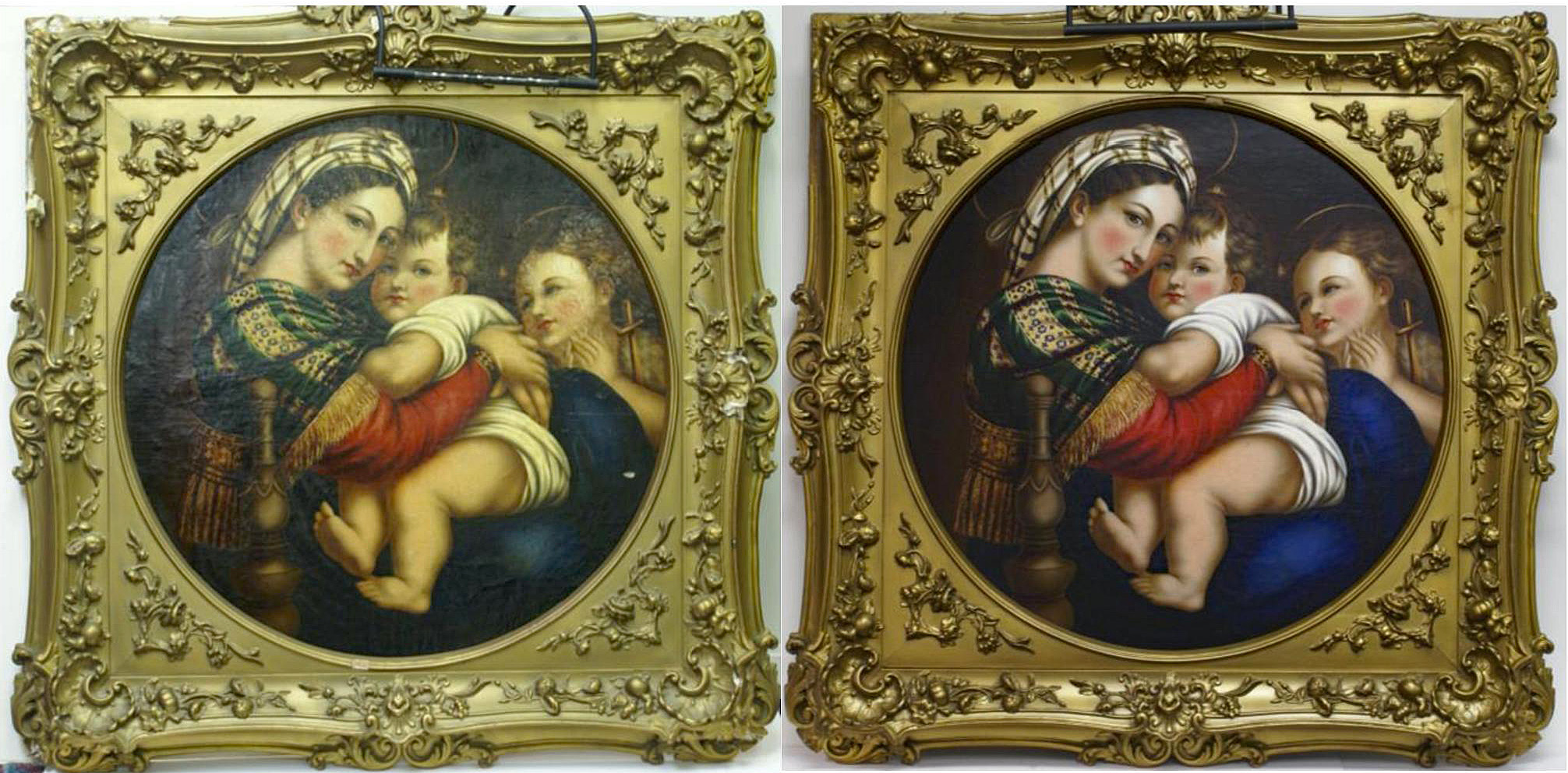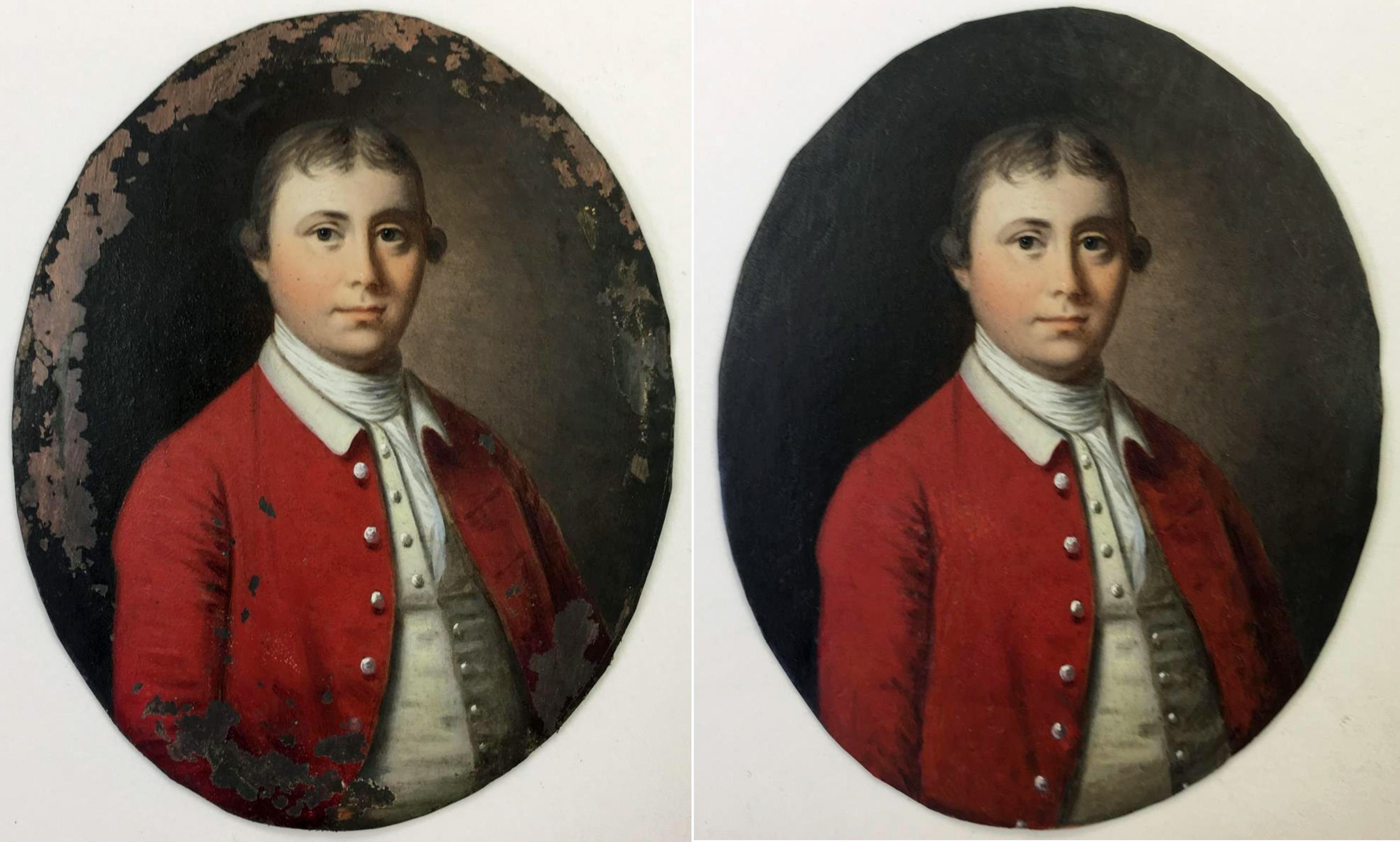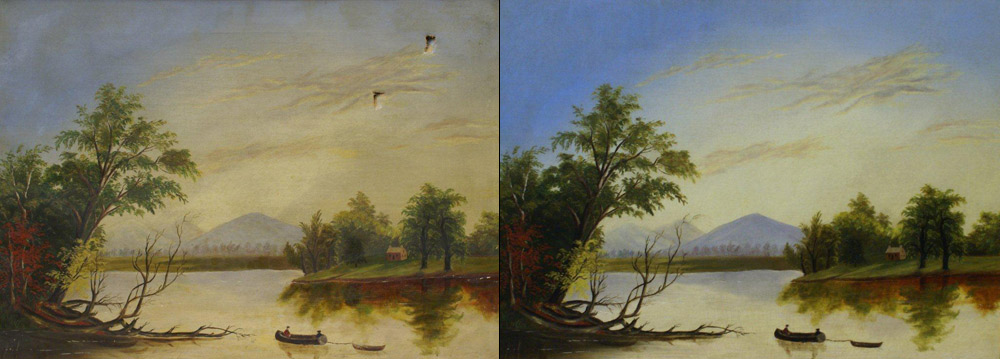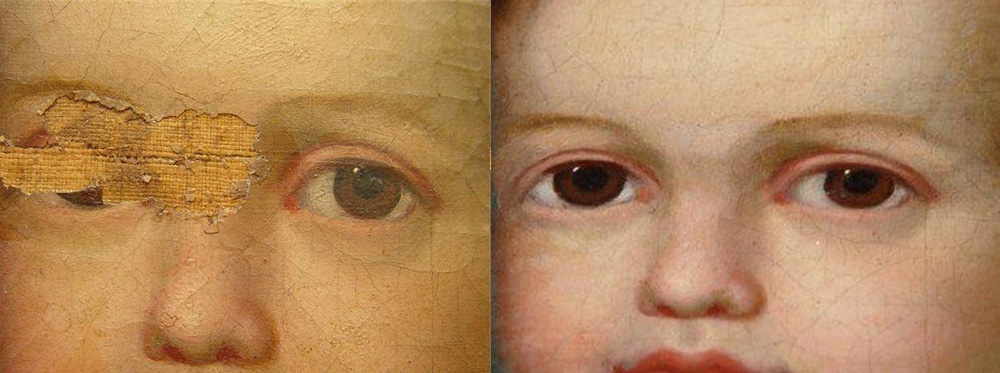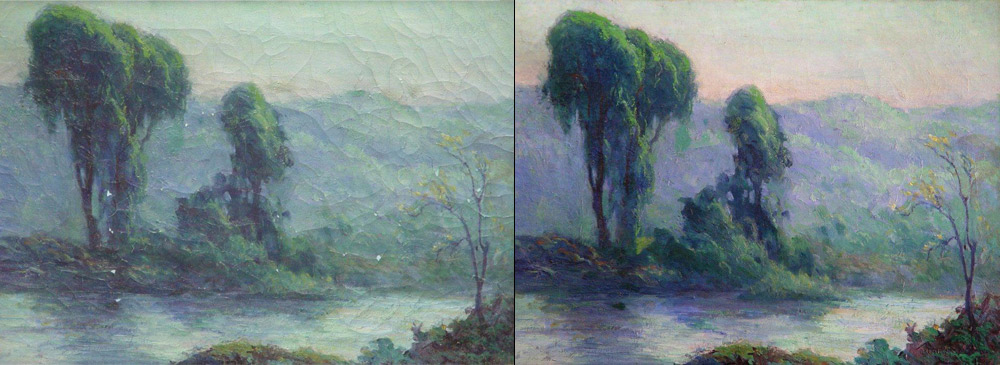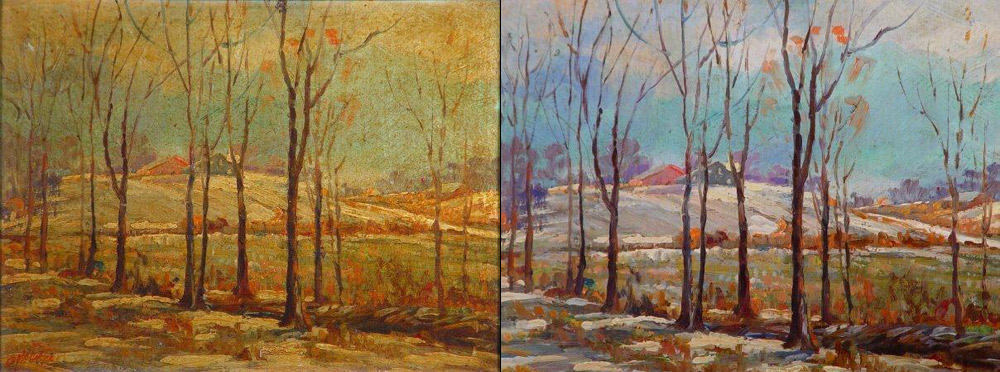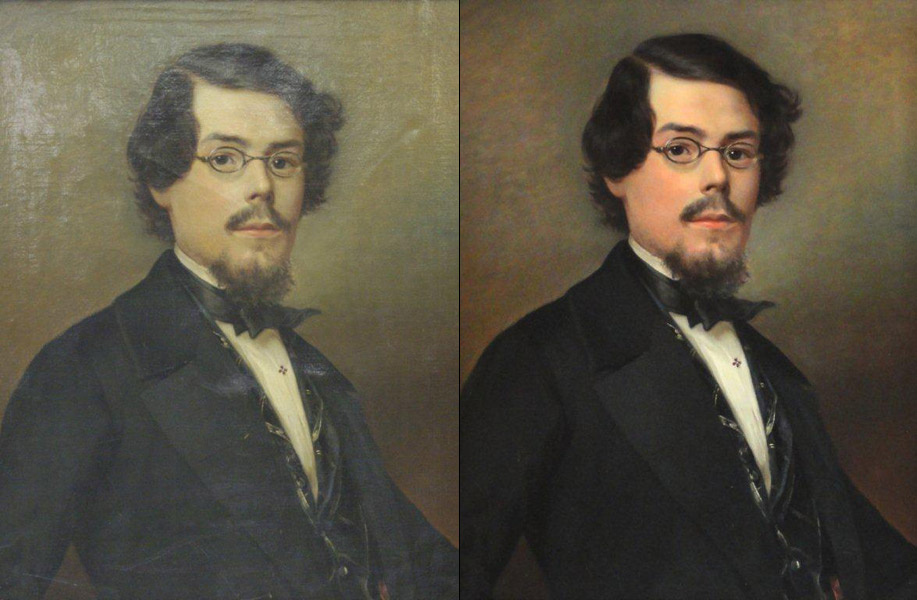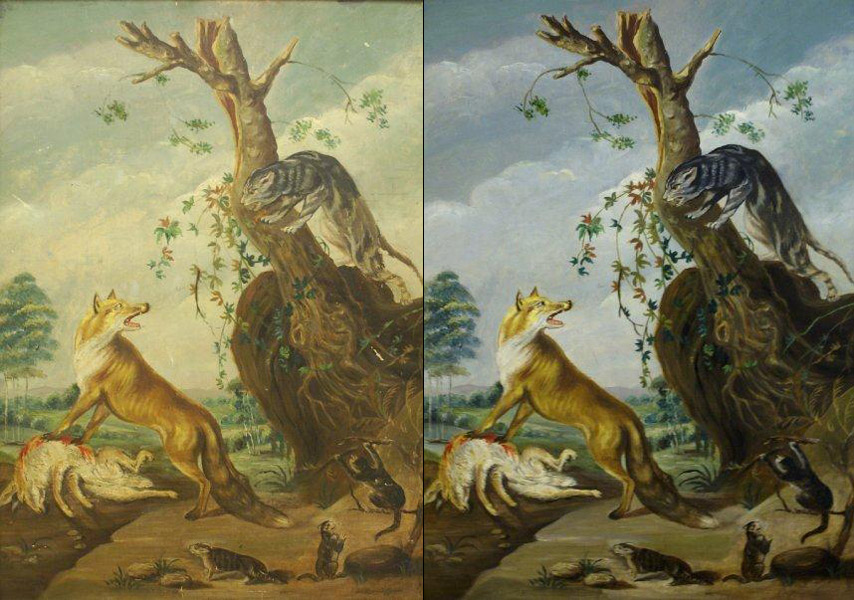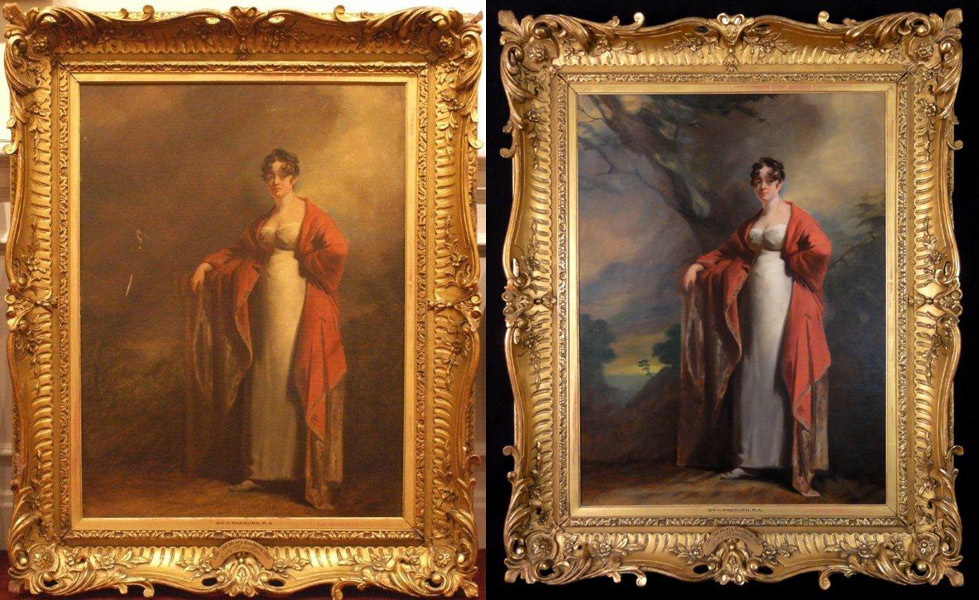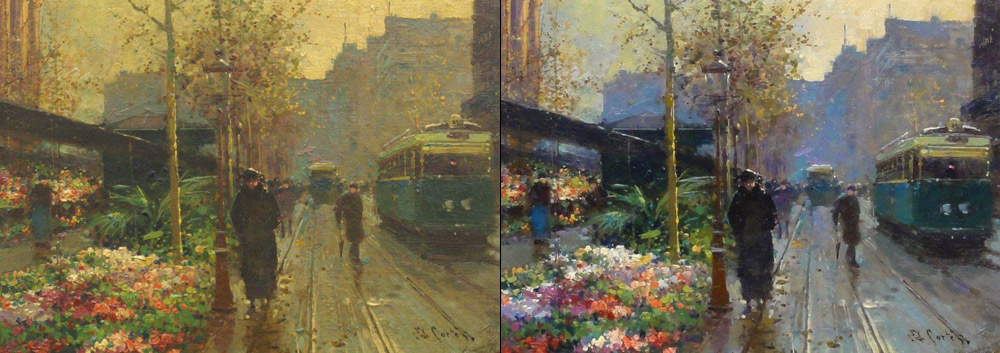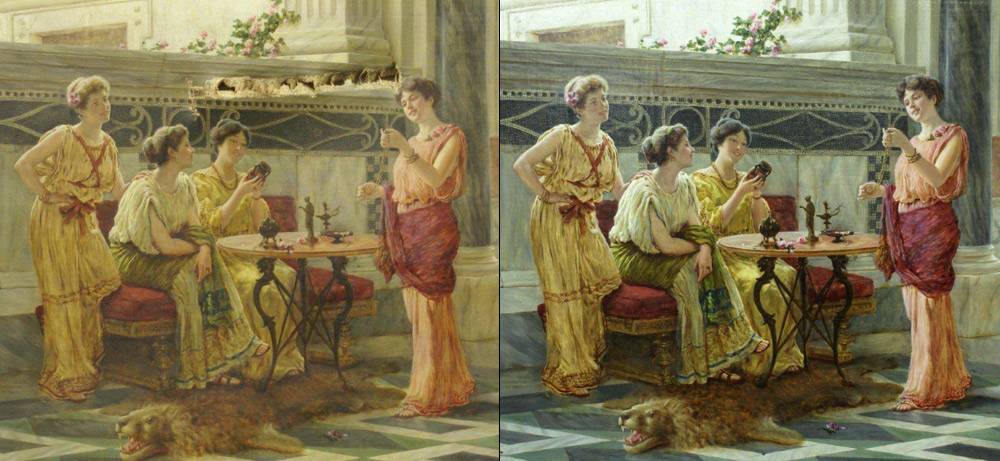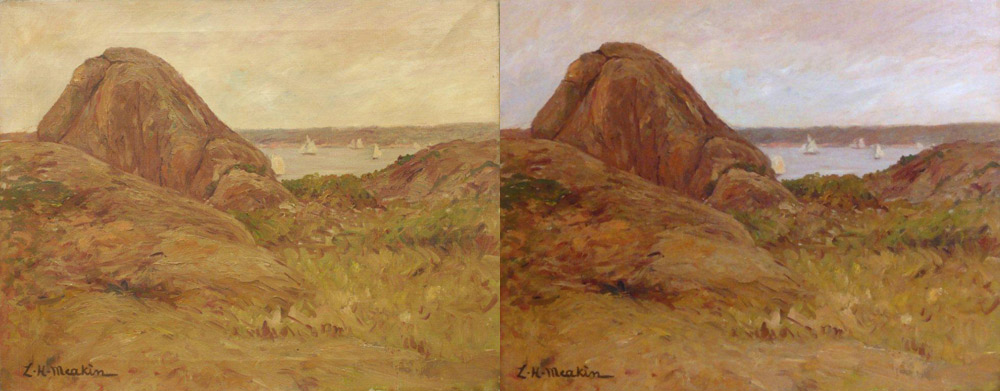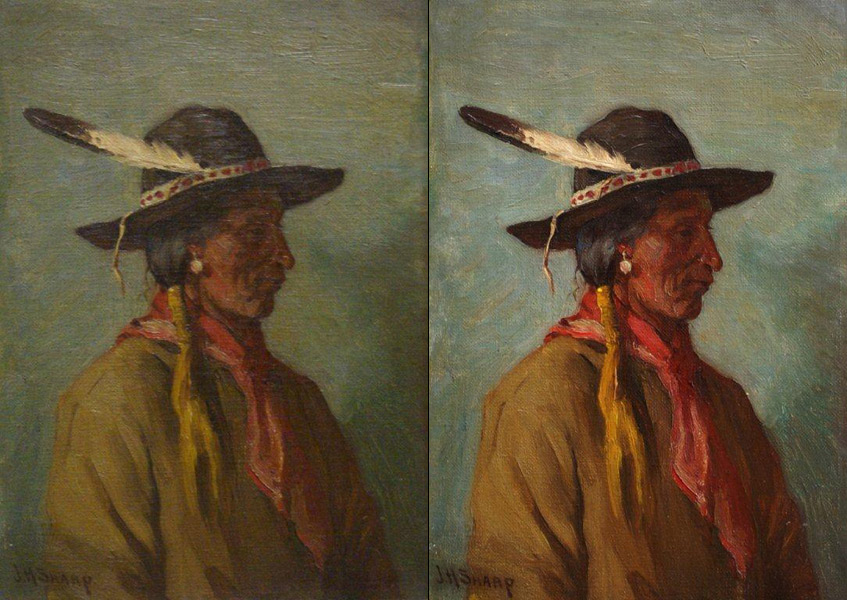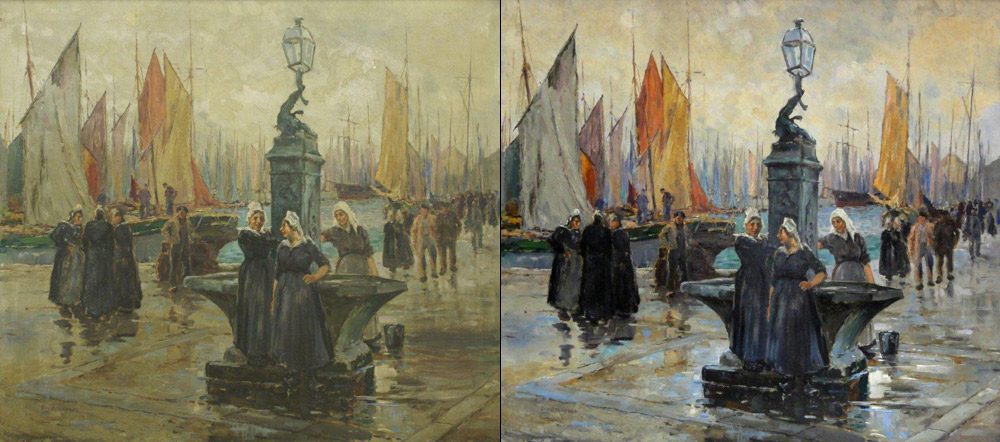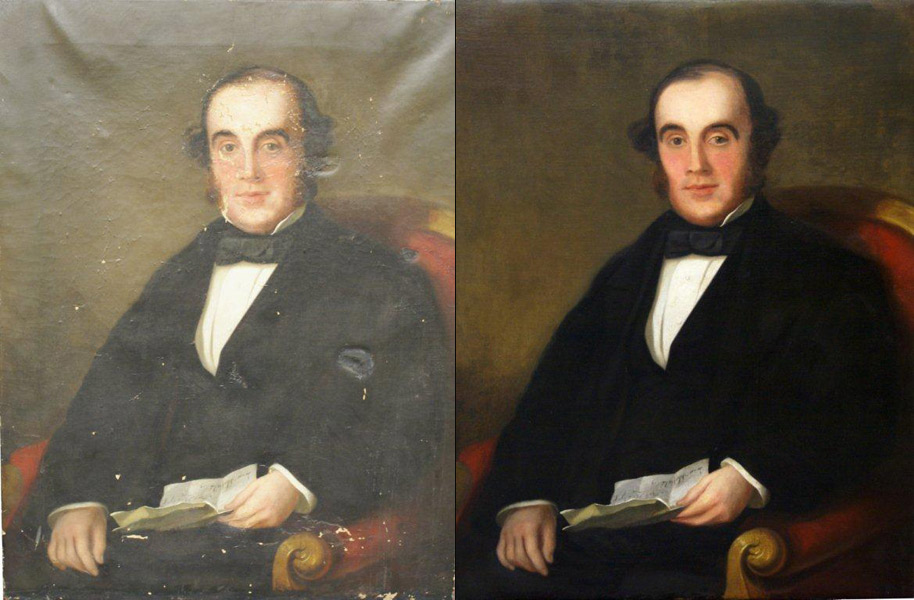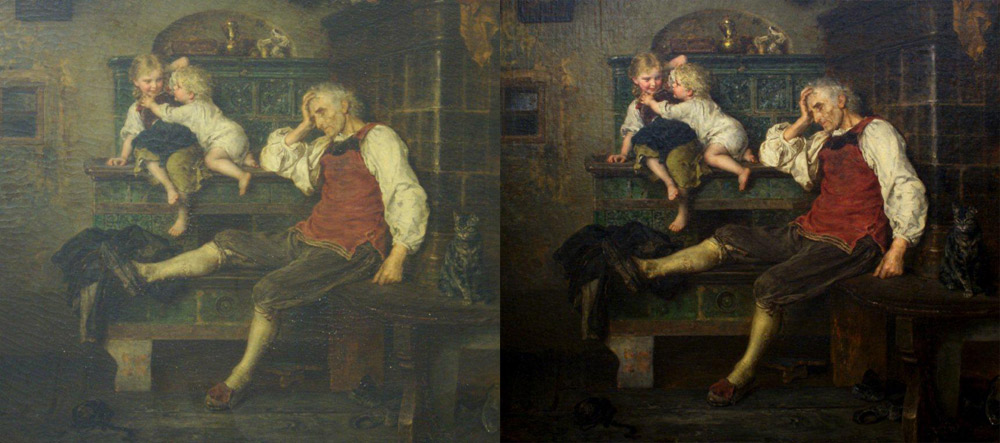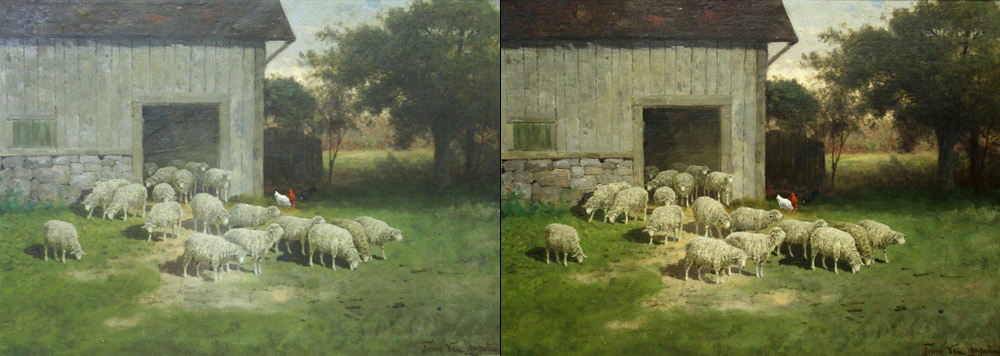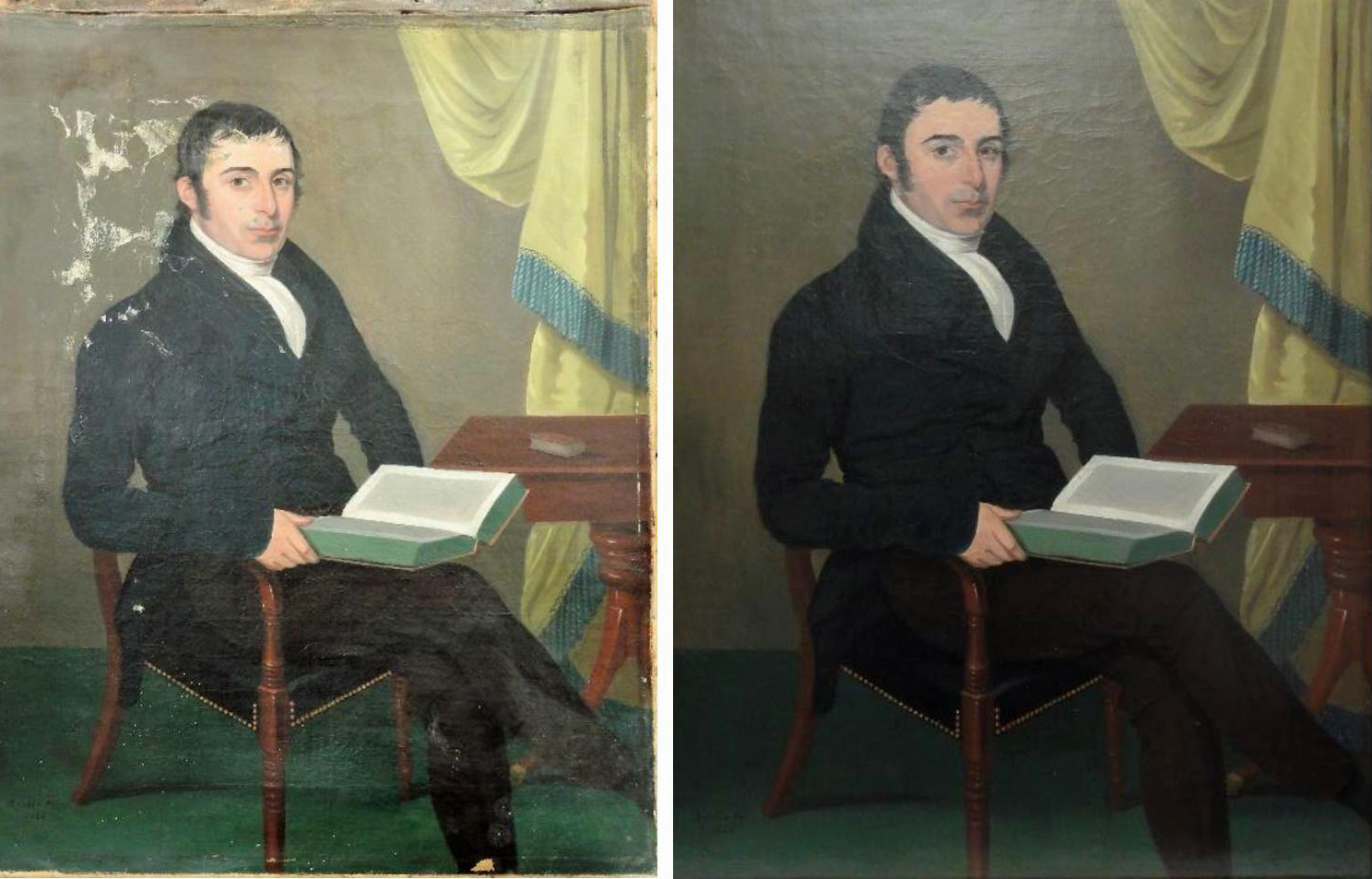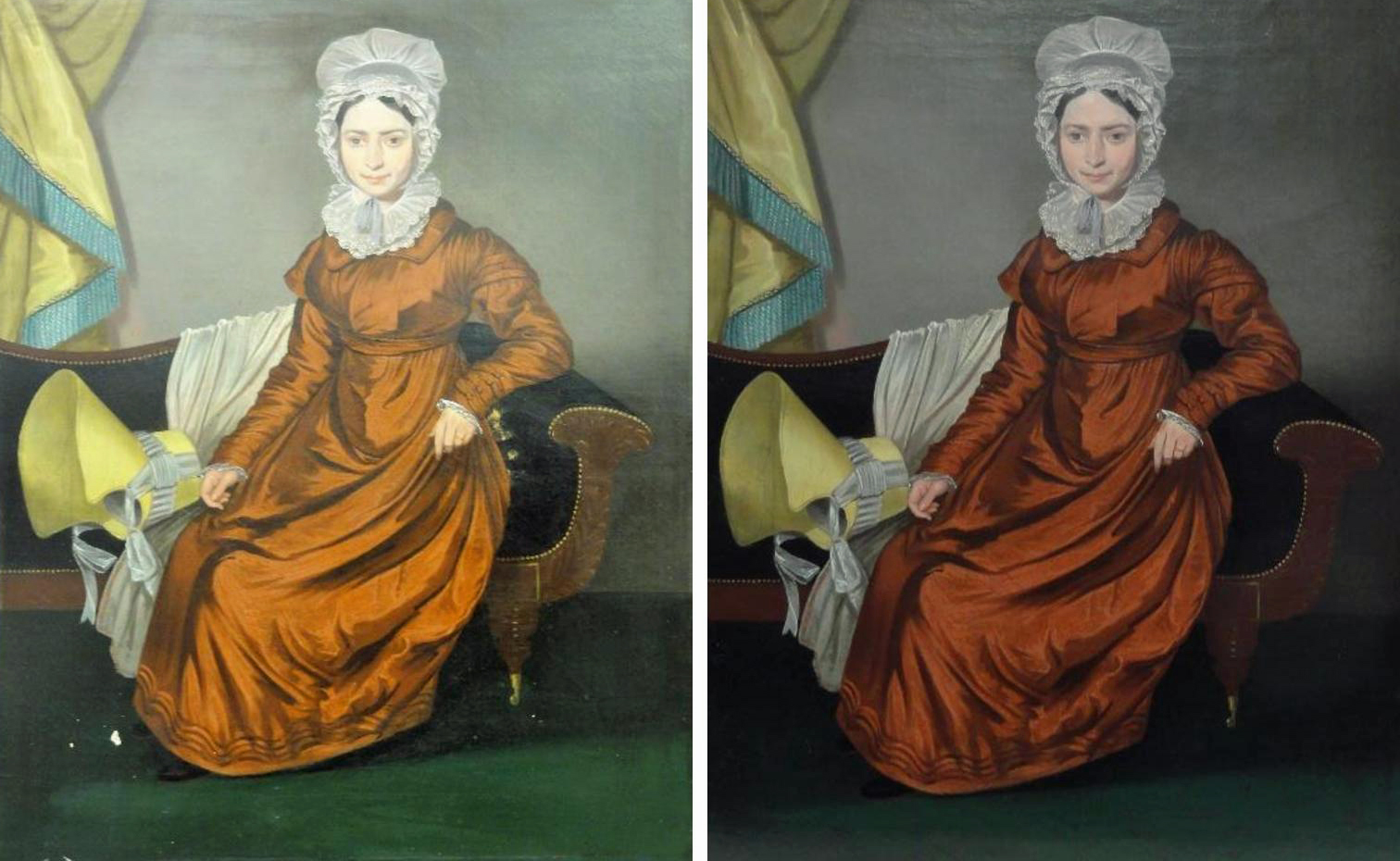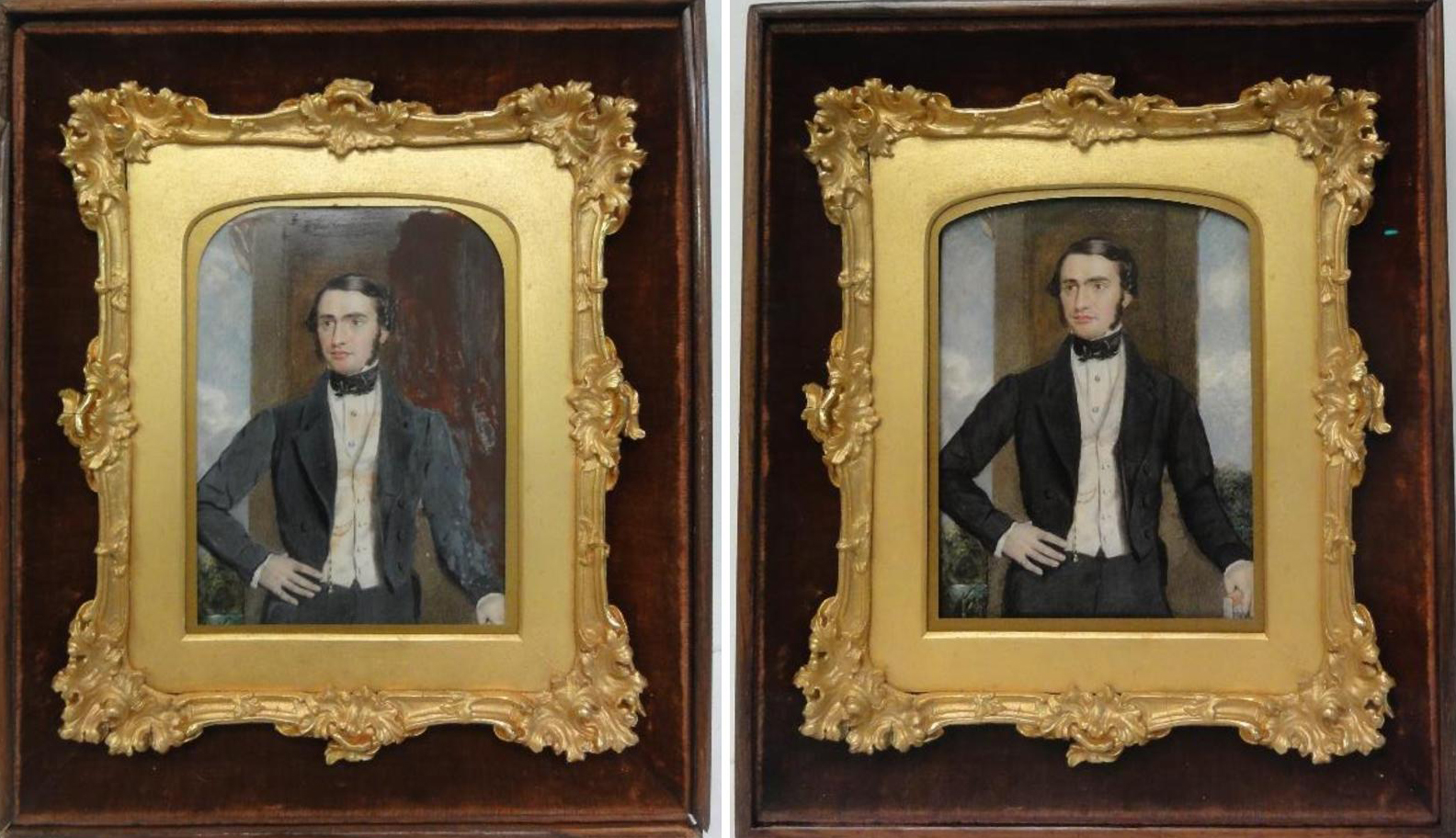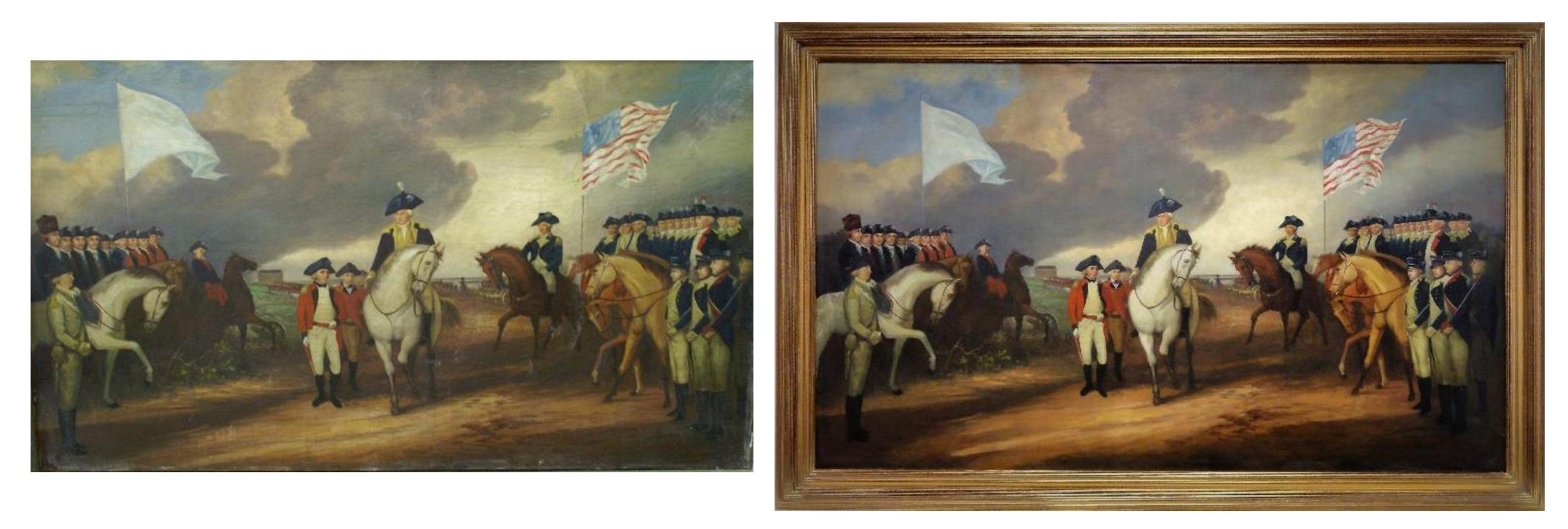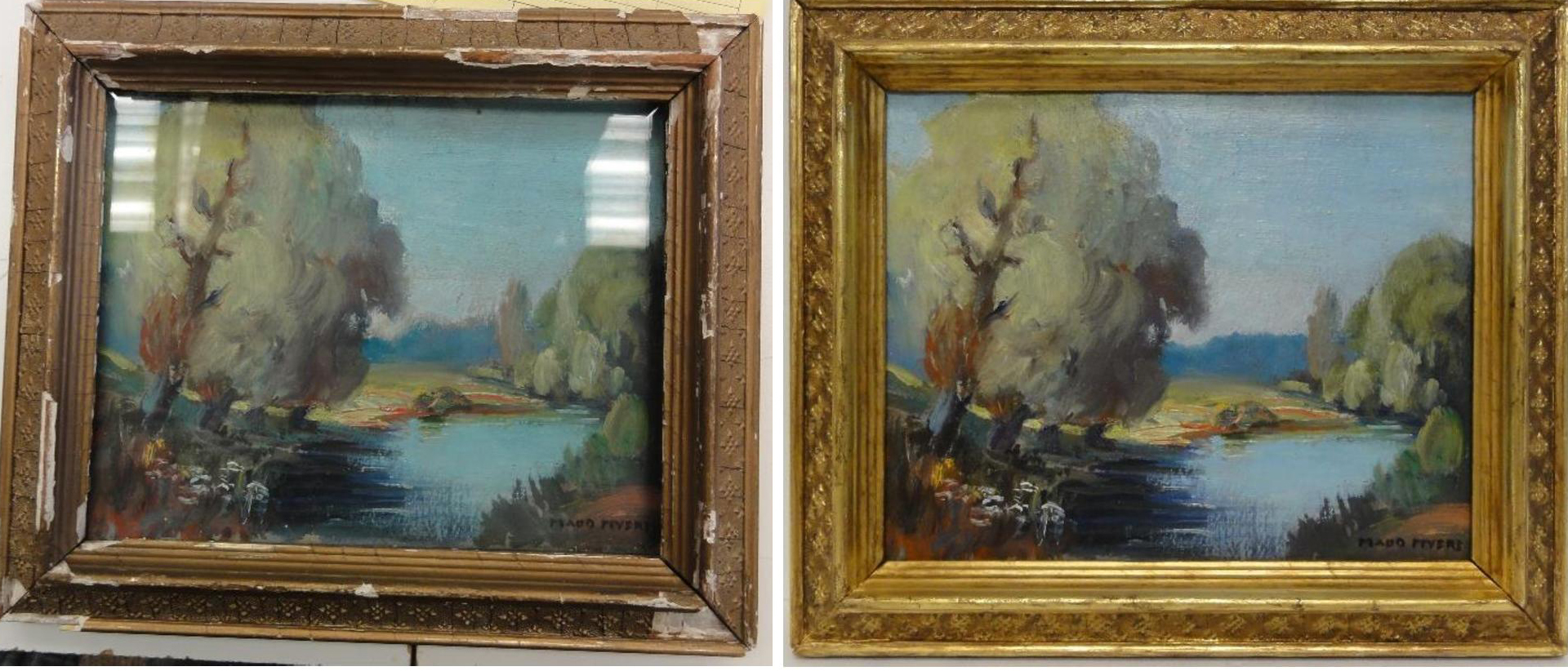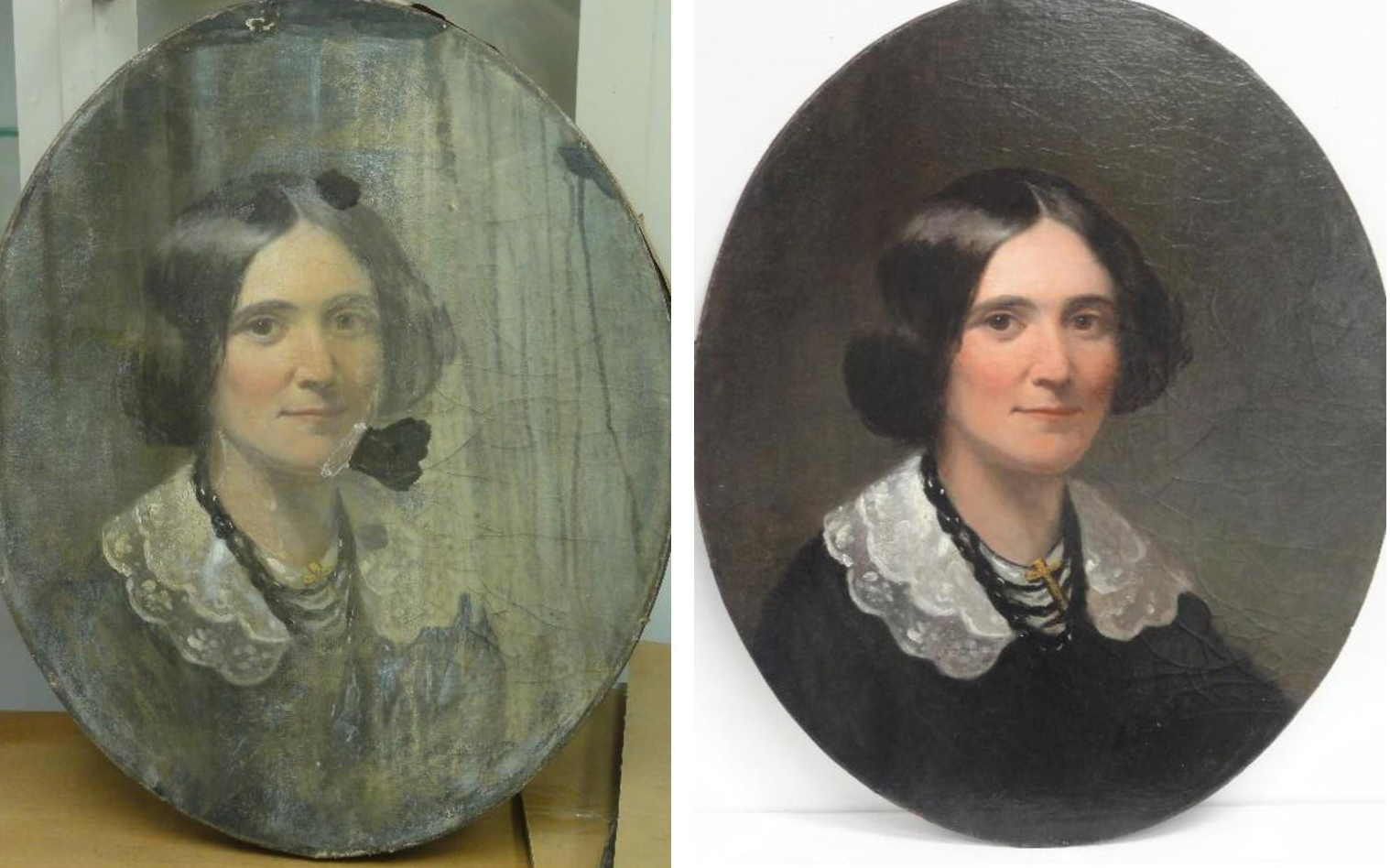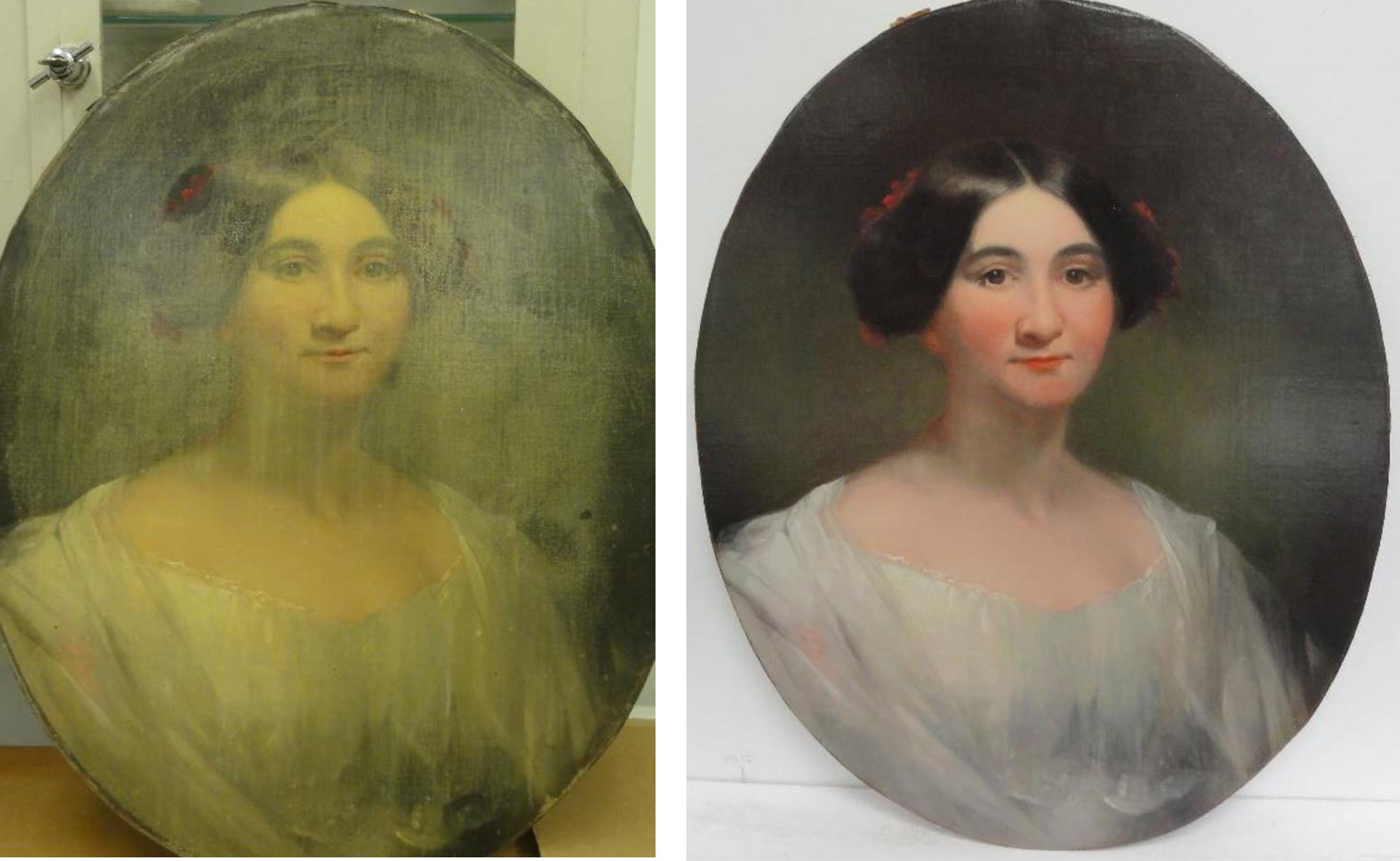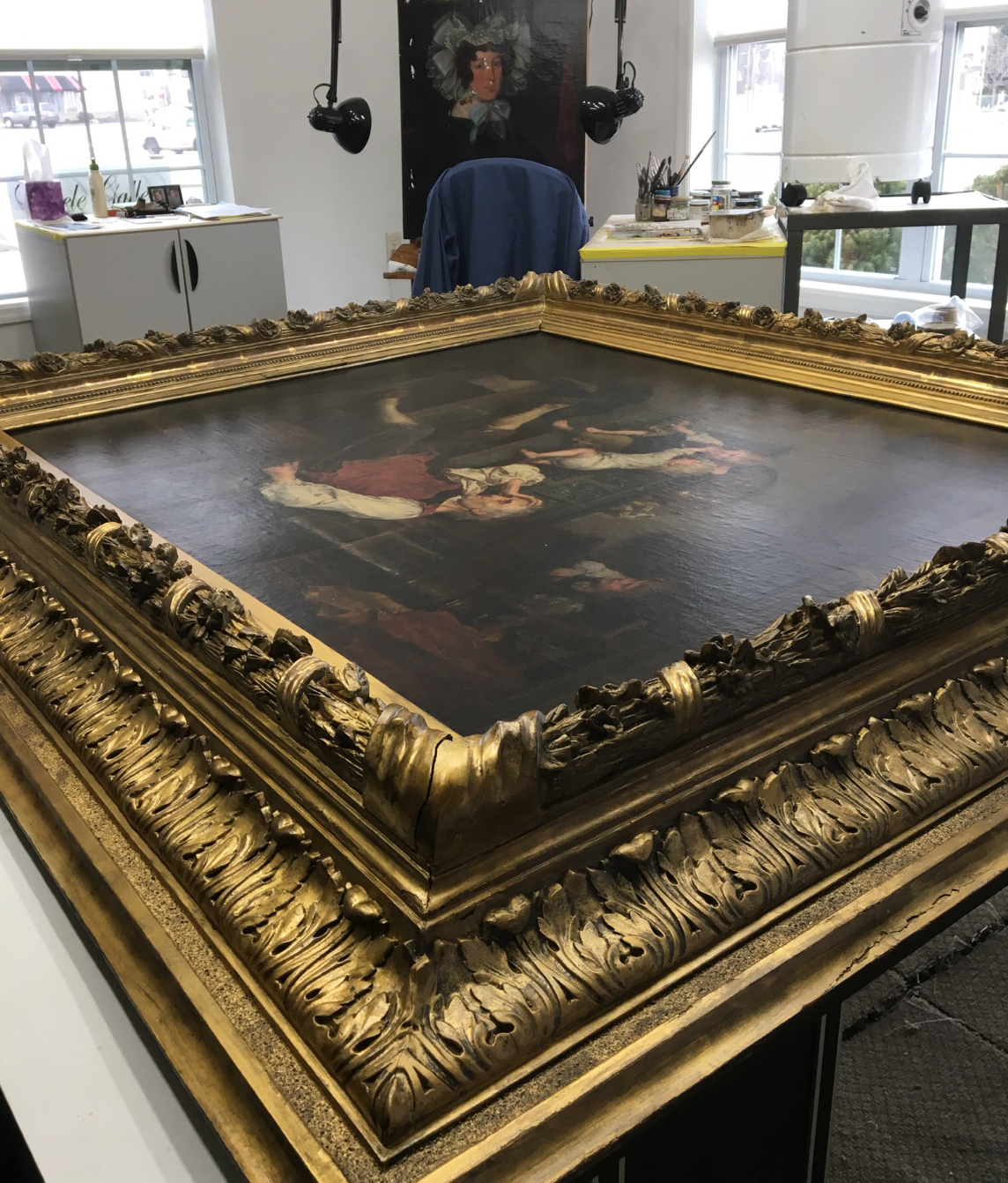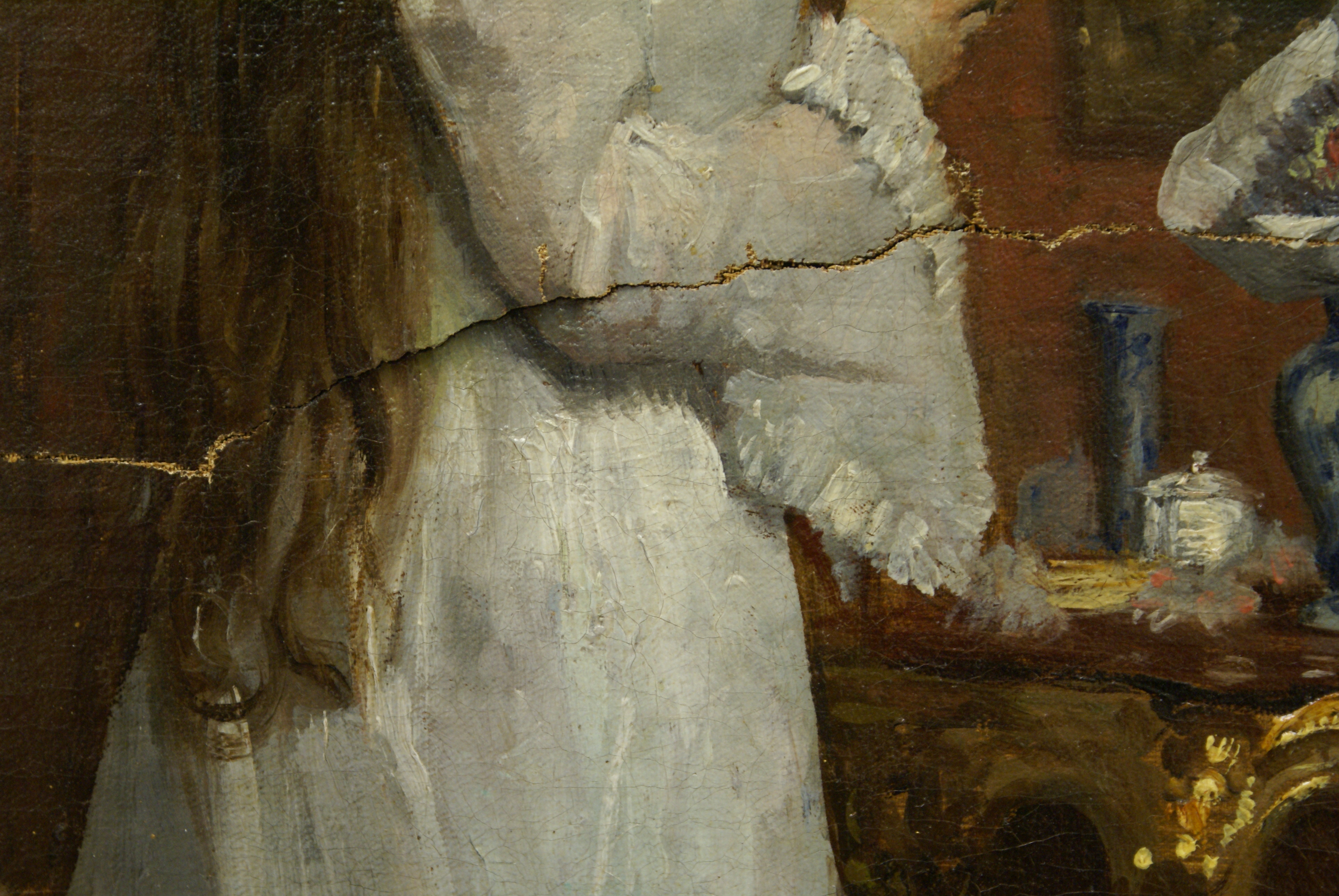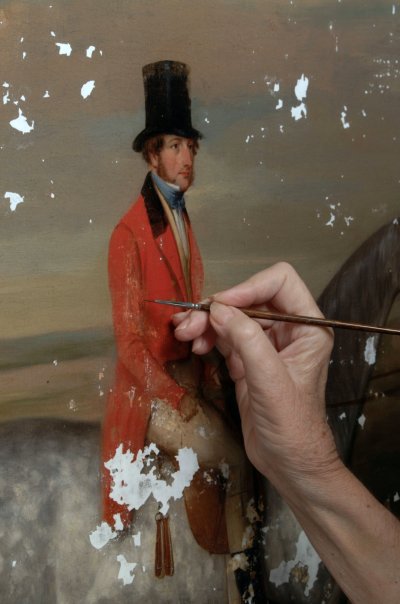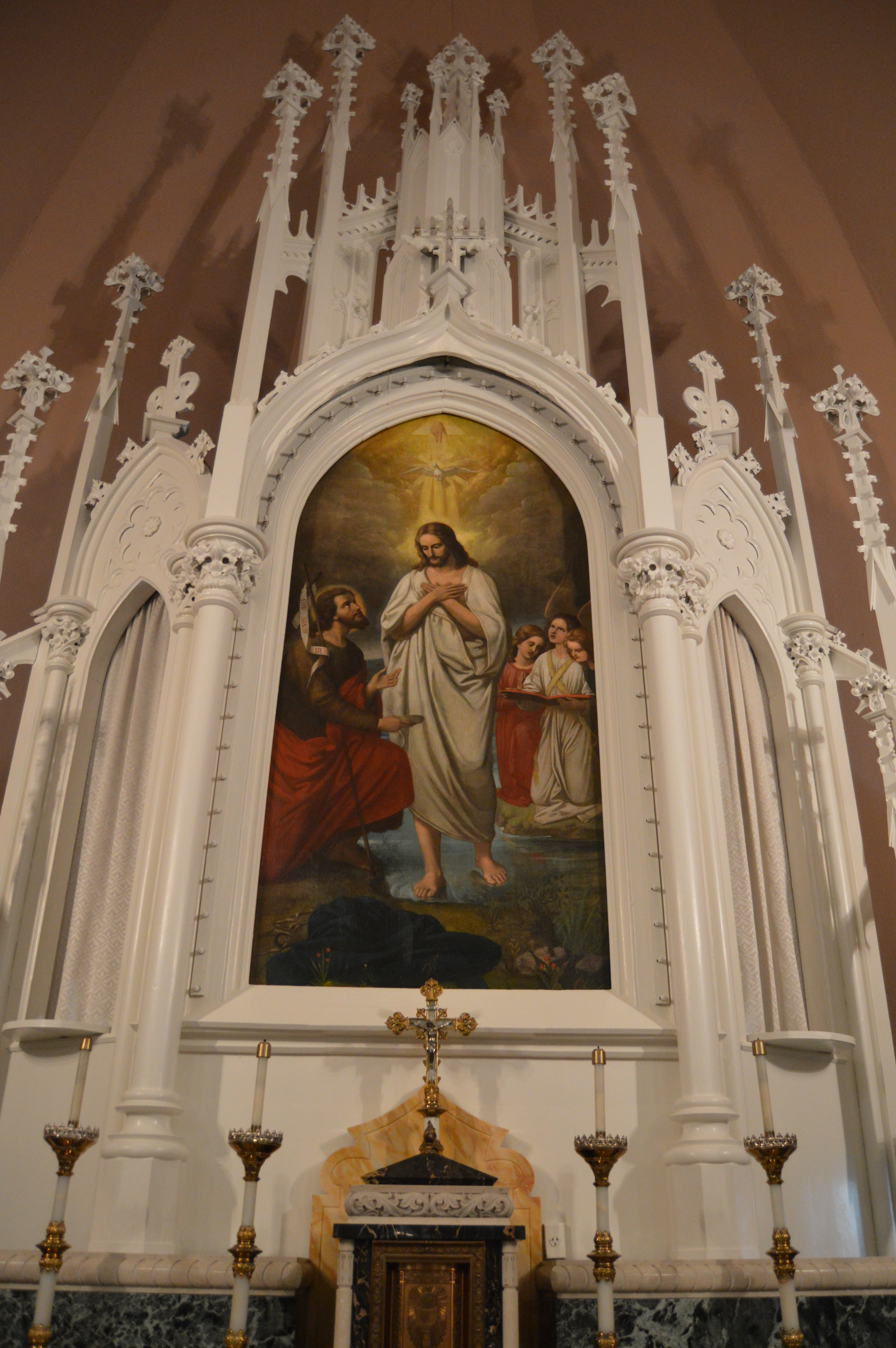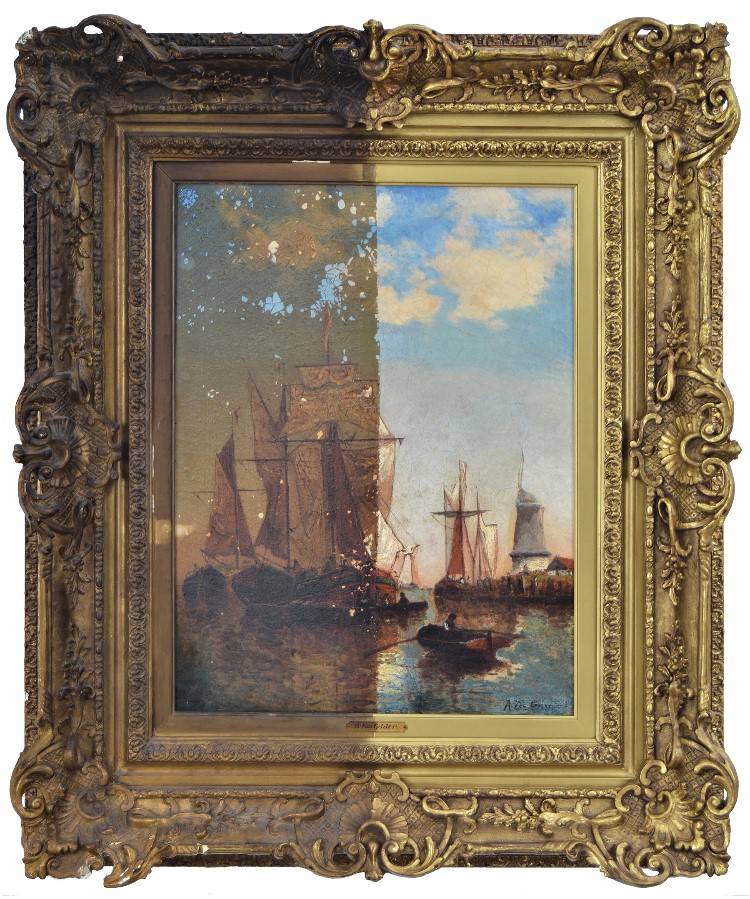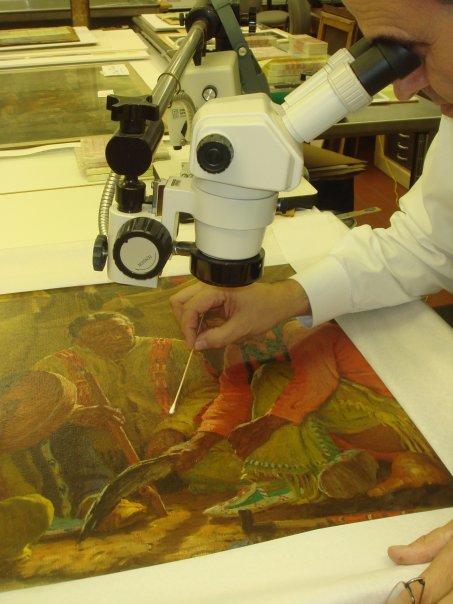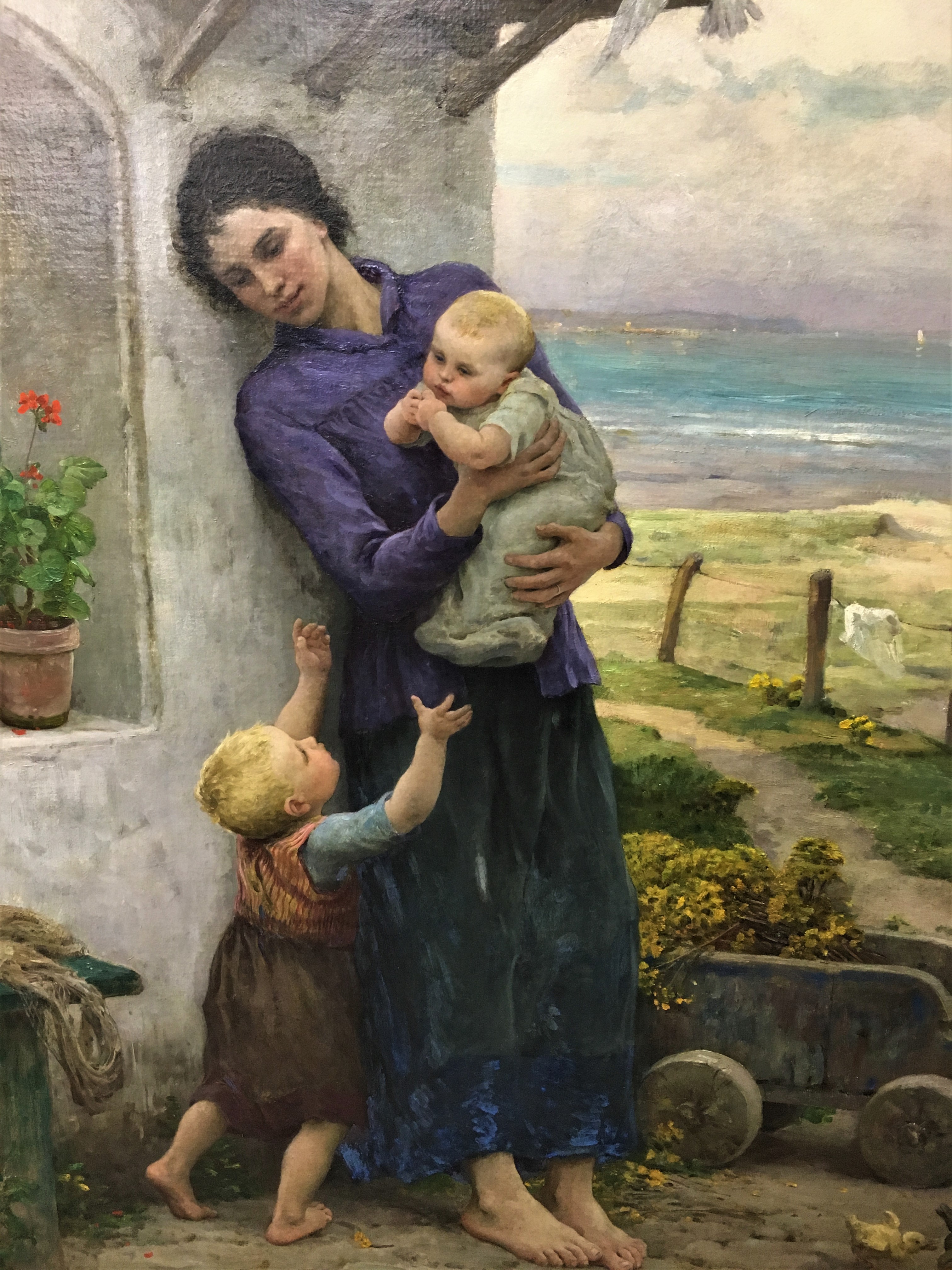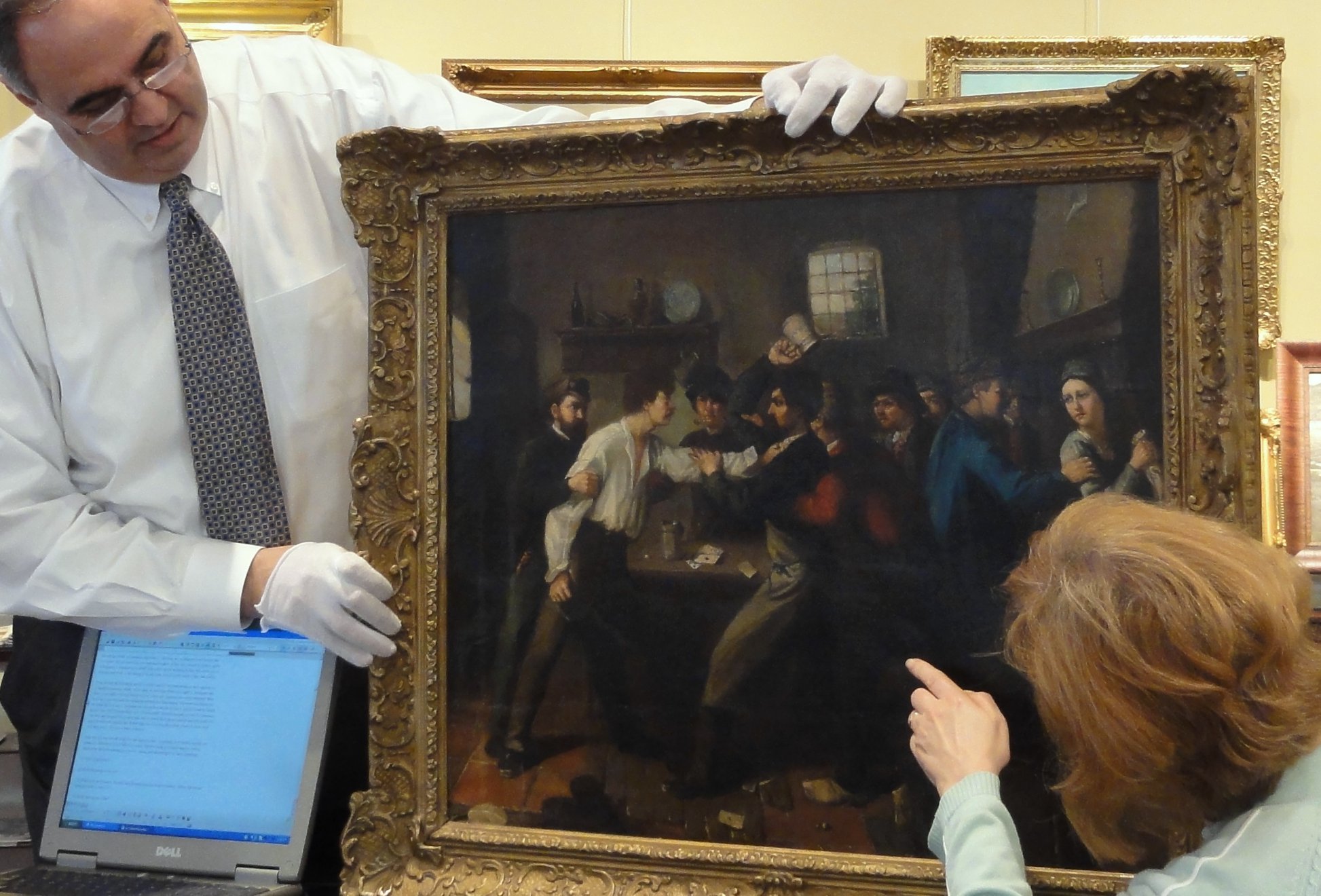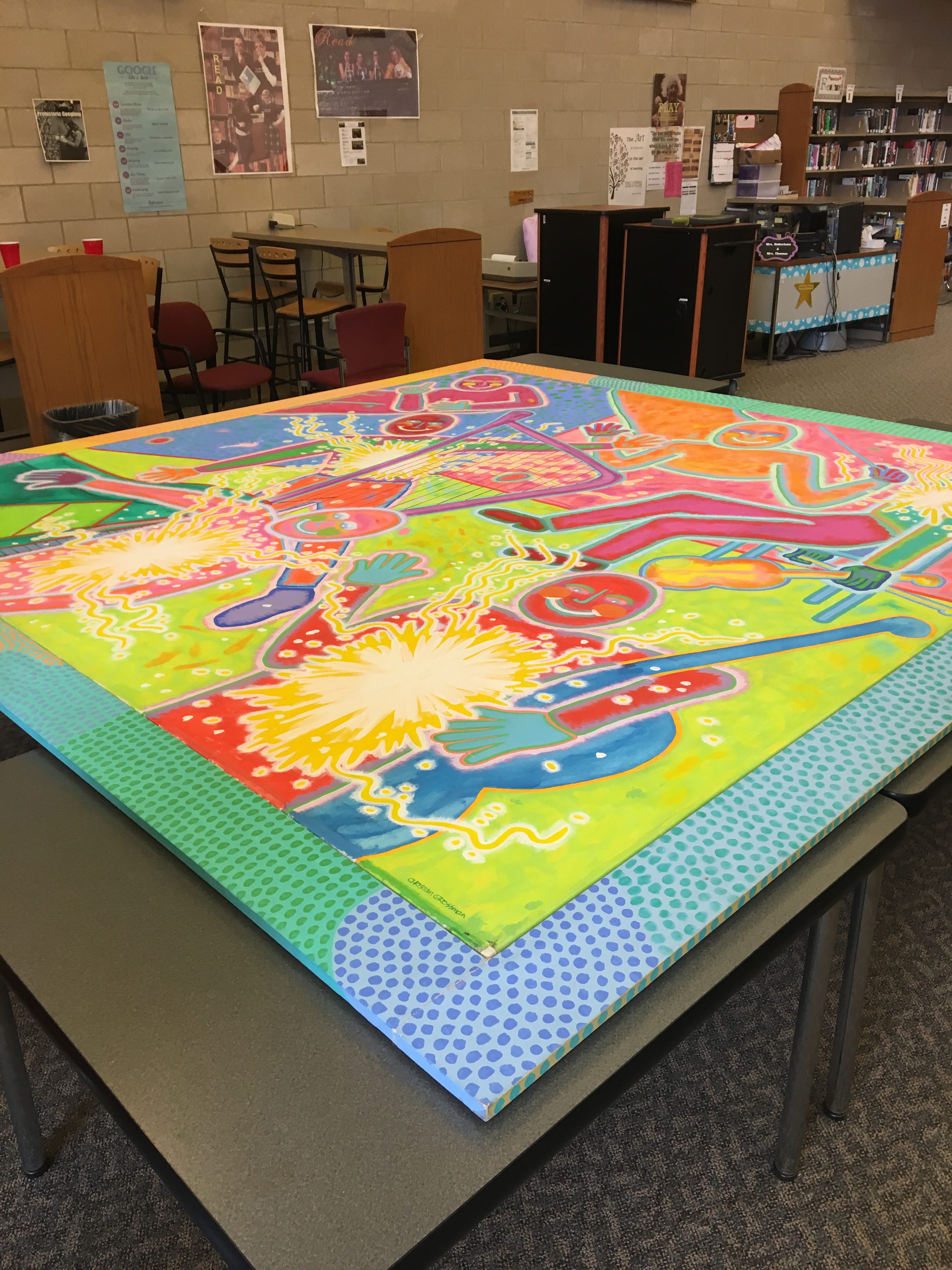What’s happening to my paintings?
All the materials used in the creation of a painting exhibit some degree of decay over time. Paintings undergo change during the first six months of their life, as the solvent evaporates and the paint begins to dry. As paint dries, a pattern of cracks (craquelure) can develop. Surface cracks may also be an indication that the artist used faulty materials or techniques.
Paintings in oil become more transparent as chemical changes occur over time. Varnish layers begin to yellow and darken as they age and can also become more brittle than the paint itself and form its own crackle pattern or flaking independent of the paint.
Other effects of aging include the change in tone or fading of some pigments, for example some greens may turn brown, blues can go grey, and reds can fade. These effects are reduced if the painting has not been exposed to light.
The surface of a painting is frequently covered with layers of surface dirt and grime, deposited over time from candles, smoke, fires, and general atmospheric contamination. The dirt can settle into the paint layers on unvarnished paintings making it nearly impossible to remove without damaging the paint. A whitish haze can develop in paintings stored in damp conditions where moisture has penetrated the paint layers. This effect is known as bloom.
Basically paintings are often composed of incompatible materials, each having different reactions to changes in relative humidity, temperature and light. Small changes are absorbed by the materials which are reasonably elastic. This elasticity, however, diminishes with age and eventually the painting cannot absorb the stresses caused by these fluctuations.
Most paintings of any age have had some physical change or damage inflicted upon them. Paintings all run the risk of being scratched, knocked, dented, torn or punctured. The paint layers generally show in time the effect of various sorts of impact on a canvas. A poke from the reverse can stretch the canvas to form a bulge. Around the center of this impact, spider web shaped cracks generally form over time. A scrape along the back of the canvas will often produce centipede or fishbone shaped cracks.
A paintings support is also vulnerable to change and deteriorate. Paintings on canvas suffer from weakening fibers which lose strength through oxidation and which eventually become too weak or too brittle to support the paint layers. The tacks which hold the canvas to the stretcher can also oxidize (rust) and then further contribute to the weakening of the canvas. The wood of the stretcher is acidic. This produces more loss in strength of the canvas, especially at the angle where the canvas bends around the stretcher. Repeated fluctuations in relative humidity cause the canvas to slacken and then tighten and finally to go permanently slack. As the slack canvas sits in direct contact with the stretcher sharp cracks can form along the lines of the stretcher edge. The movement in the canvas will eventually cause brittle and stiff paint to lift and flake from the support. Our experienced restorers can reverse and correct any of these problems.
Paintings can be protected to some extent from the effects of normal aging by good preventative conservation measures and from physical damage by good hanging, handling and storage procedures.
